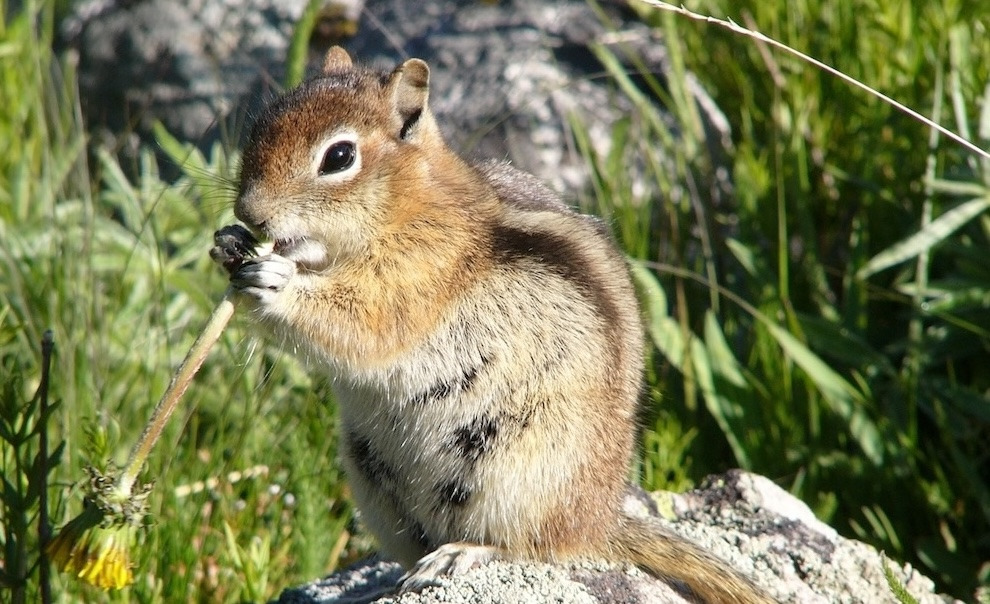Finished! Looks like this project is out of data at the moment!
Content Warning: This project contains images that some may find distressing. Images may contain prepared animal specimens representing all or parts of the animal. However there will be no blood or body fluids in these images. Natural history collections are important repositories of specimens and information about their morphological, reproductive, physiological, and behavioral properties. These data allow scientists to establish biodiversity baselines and better predict global change response. Collecting animals for scientific study is a well-established practice that follows strict guidelines on the capture, handling, use, and preservation of individuals. To learn more about these please see: https://academic.oup.com/jmammal/article/97/1/287/2459794

The information we extract from these images will help scientists to better understand the remarkable diversity of mammals and how they live their lives. These data will transform our comprehension of how mammals interact with each other and the environment.
Learn moreYou can do real research by clicking to get started here!
Zooniverse Talk
Chat with the research team and other volunteers!
Notes from Nature - Ranges: Mammal Traits from western North America Statistics
View more statsKeep track of the progress you and your fellow volunteers have made on this project.
Every click counts! Join Notes from Nature - Ranges: Mammal Traits from western North America's community to complete this project and help researchers produce important results. Click "View more stats" to see even more stats.
Percent completeBy the numbers
Message from the researcher
Connect with the research team on Talk to learn more about this project!
About Notes from Nature - Ranges: Mammal Traits from western North America
The mammals of North America are as fascinating as they are diverse. Some are as small as 1.5 inches long (3.8cm), while others stand more than six feet tall and weigh up to 2000 pounds (183cm, 907kg). We find them on land, in our waterways and even in the sky. Despite this diversity, all mammals have to find ways to survive under the pressures of human development and changes to the climate.
We want to better understand how and why mammals respond to changes in their environment. One of the best ways to do this is to learn as much as possible about how their bodies and behaviors change over time. These characteristics, also known as traits, can tell us all about how these animals adapt to change.
We can’t do this on our own, so we’re asking you to help us. The more traits that we transcribe and document about these animal species, the more we’ll know about how to conserve them and their environments into the future. We welcome you to join us on this excellent expedition!